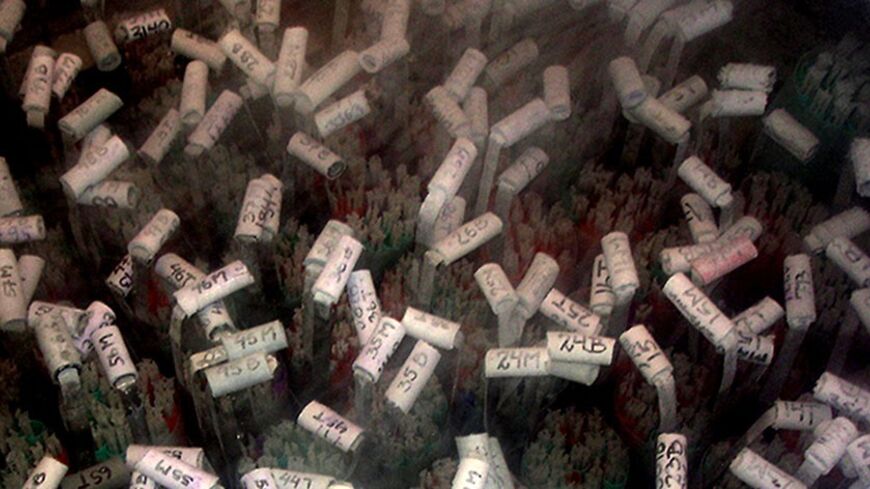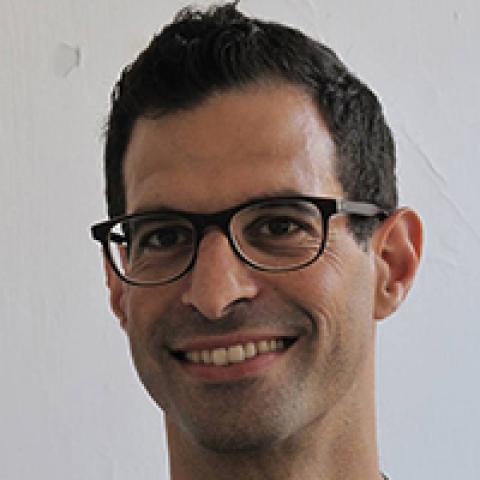“And God created man in His image, in the image of God He created him; male and female He created them. God blessed them and God said to them: ‘Be fertile and increase, fill the earth’” (Genesis 1:27-28).
The night before his former spouse underwent artificial insemination by donor, Gil Kidron went to the sperm bank where he received a closed container (“like a container of uranium,” he jokes) in which was a unit of sperm from another man. Kidron didn’t know the man’s name, and in fact knew very little about the donor. This donor would become the biological father of Kidron’s daughter. Kidron, who wrote a Hebrew-language book on the issue titled ''The Sperm of Calamity," traveled home with the sperm-filled container resting on the seat next to him. He went to sleep with the container next to his bed, and the next morning he brought it to the hospital for the procedure. This is the somewhat slipshod way in which Israel’s health establishment carries out a most sensitive, silenced medical procedure.



